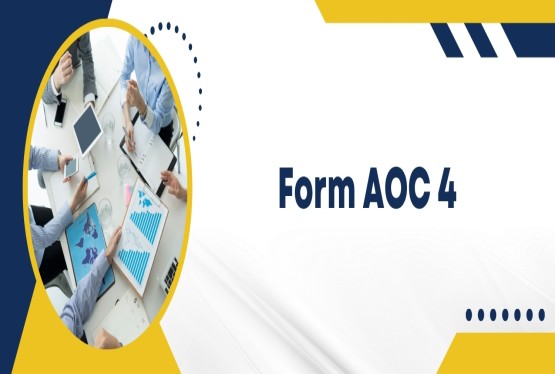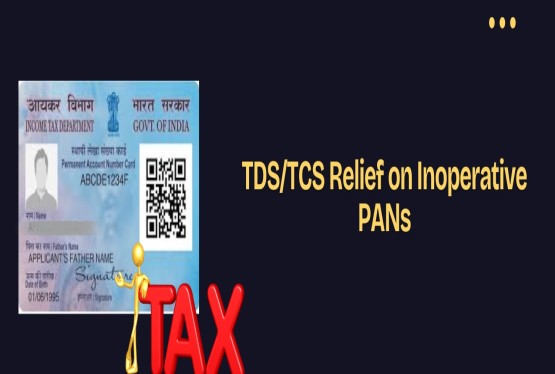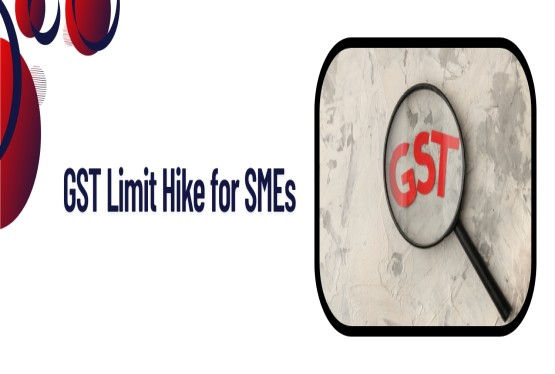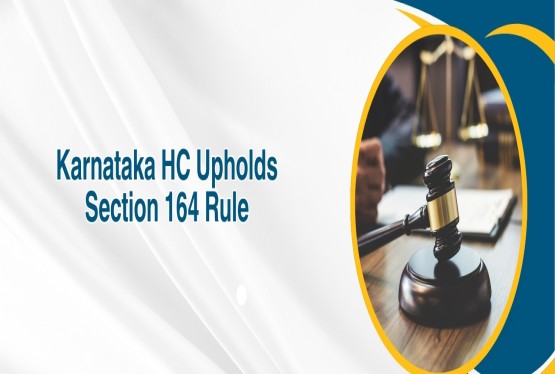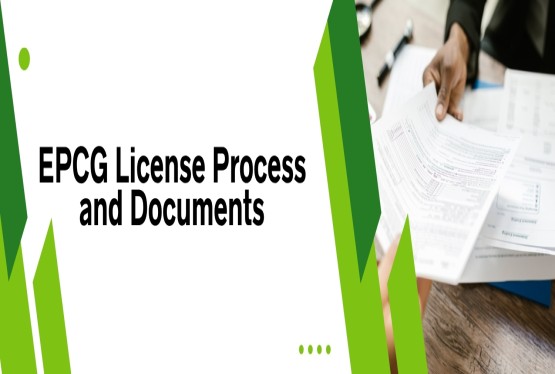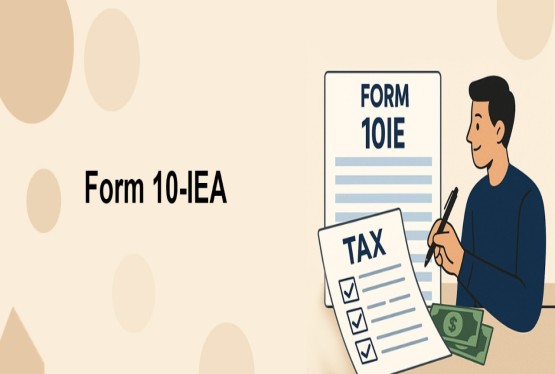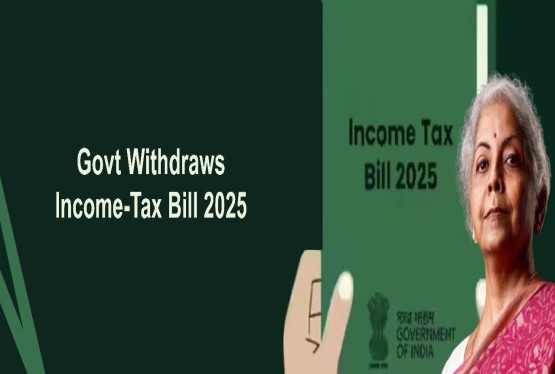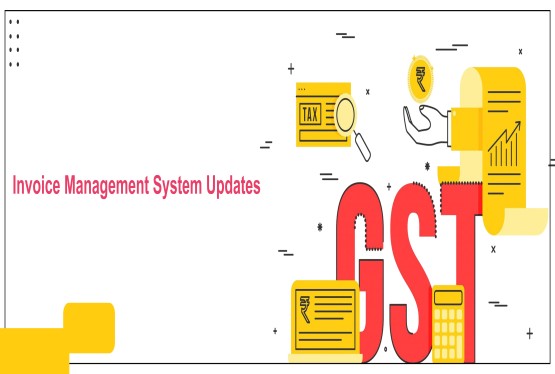Calculating income tax in India is essential for salaried individuals to ensure financial planning and legal compliance. Knowing about how to calculate income tax on salary with example helps in determining accurate tax liability. The process begins by computing the gross salary, then deducting exemptions like HRA and standard deduction. Next, deductions under Section 80C (like PF, LIC, ELSS) are applied, with the 80C deduction limit capped at Rs.1.5 lakh.
After all deductions, the taxable income is derived, on which applicable tax slabs are applied. This helps salaried individuals calculate income tax on salary with example in a simple and systematic way. For instance, if the net taxable income after deductions is Rs.6 lakh, the income tax is calculated according to the applicable slab, which can include 5% and 10% rates based on the slab system. Proper calculation helps in availing maximum deductions and avoiding penalties while filing returns confidently.
What is Income Tax?
Income tax is a type of direct tax that individuals, professionals, or businesses must pay on their income earned in a financial year. In India, the provisions for income tax are defined under the Income Tax Act, 1961. For salaried employees, income tax is levied on their total income after applying applicable exemptions and deductions. The tax is calculated as per the income slabs notified by the Government every year.
How to Calculate Tax on Salary?
To calculate income tax on salary with example, the following steps must be followed:
-
Calculate Gross Salary: This includes the sum of basic salary, dearness allowance, HRA, LTA, bonus, and other special allowances.
-
Subtract Exemptions (if old regime): Exemptions like HRA, LTA, and standard deduction are subtracted from gross salary. Note: exemptions are not applicable in the new regime except for the standard deduction of Rs. 75,000.
-
Apply Deductions (under old regime only): Deductions under Section 80C, 80D, 24(b), and others can be claimed to lower taxable income.
-
Arrive at Net Taxable Income: Gross salary minus exemptions and deductions will result in net taxable income.
-
Apply Relevant Slabs: Use the current income tax slabs under either the old or new tax regime.
-
Add Cess: Health and Education Cess at 4% is applicable on total income tax.
-
Deduct TDS or Advance Tax Paid: If TDS or advance tax has been paid, it will be adjusted against total tax liability.
What are the Sources of Income?
As per Indian tax law, income can be earned from the following five heads:
-
Income from Salary: Salary, allowances, perquisites, and bonuses.
-
Income from House Property: Rent received from letting out properties.
-
Income from Business/Profession: Profits earned from running a business.
-
Income from Capital Gains: Income from selling shares, land, etc.
-
Income from Other Sources: Interest income, dividends, gifts, etc.
Major Components of Salary
To correctly calculate income tax on salary with example, you should understand each part of your salary structure.
-
Basic Salary: This is the base component and forms a major portion of salary. It is fully taxable.
-
HRA (House Rent Allowance): Provided to meet rental expenses. Exemption is available under old regime if living in a rented house and rent receipts are available.
-
Dearness Allowance (DA): Compensates for inflation. It is fully taxable.
-
Conveyance Allowance: Reimbursement of travel expenses. Exempt up to a certain limit.
-
Medical Allowance: Reimbursement for medical bills. Exempt only if bills are submitted.
-
LTA (Leave Travel Allowance): Tax exemption is allowed for domestic travel, subject to conditions.
-
Bonus/Performance Incentives: Paid annually or quarterly. Fully taxable.
-
Provident Fund (PF): Employee and employer contributions. Employer’s contribution beyond 12% is taxable.
-
Special Allowance: Fully taxable.
Budget Update 2025: Major Relief for Salaried Individuals
The Budget 2025 brought big relief under the new tax regime:
-
The basic exemption limit is raised to Rs. 4 lakh.
-
The standard deduction of Rs. 75,000 is available to all salaried individuals.
-
Section 87A rebate is increased to Rs. 60,000, making income up to Rs. 12.75 lakh tax-free.
New Slab Structure under New Tax Regime (FY 2025-26)
|
Income Slab |
Tax Rate |
|
Rs.0 – Rs.4 lakh |
No Tax |
|
Rs.4 lakh – Rs.8 lakh |
5% |
|
Rs.8 lakh – Rs.12 lakh |
10% |
|
Rs.12 lakh – Rs.16 lakh |
15% |
|
Rs.16 lakh – Rs.20 lakh |
20% |
|
Rs.20 lakh – Rs.24 lakh |
25% |
|
Above Rs.24 lakh |
30% |
How to Calculate Income tax on Salary with Example in New Regime Post Budget 2025?
|
Category |
Amount |
Total |
|
Salary income (after standard deduction of Rs. 75,000) |
Rs. 24.22 lakh |
- |
|
Income derived from other sources |
Rs. 20,000 |
- |
|
Total gross income |
- |
Rs. 24.42 lakh |
|
Total Tax to be paid |
- |
Rs. 3,25,104 |
Calculation:
-
Rs.0 – Rs.4 lakh → 0% = Rs. 0
-
Rs.4 lakh – Rs.8 lakh → 5% = Rs. 20,000
-
Rs.8 lakh – Rs.12 lakh → 10% = Rs. 40,000
-
Rs.12 lakh – Rs.16 lakh → 15% = Rs. 60,000
-
Rs.16 lakh – Rs.20 lakh → 20% = Rs. 80,000
-
Rs.20 lakh – Rs.24 lakh → 25% = Rs. 1,00,000
-
Above Rs.24 lakh → 30% of Rs. 42,000 = Rs. 12,600
-
Cess 4% on Rs. 3,12,600 = Rs. 12,504
Total Tax Payable = Rs. 3,25,104
How to Calculate Income Tax on Salary with Example in Old Regime?
|
Category |
Amount |
Total |
|
Salary income |
Rs. 16.5 lakh |
- |
|
Income derived from other sources |
Rs. 20,000 |
- |
|
Total gross income |
- |
Rs. 16.7 lakh |
|
Deductions under Section 80C |
Rs. 1.5 lakh |
- |
|
Deductions under Section 80TTA |
Rs. 8,000 |
- |
|
Deductions under Section 80D |
Rs. 12,000 |
Rs. 1.7 lakh |
|
Gross Taxable Income |
- |
Rs. 15 lakh |
|
Total Tax to be paid |
- |
Rs. 2.73 lakh |
Tax Comparison with Example
The following are the tax comparison with example:
1. Rs.15 Lakh Income: Old vs New Regime
Old Regime:
-
Gross Income: Rs.15,00,000
-
Deductions: Rs.5,00,000 (Standard + 80C + 80D + Home Loan)
-
Taxable Income: Rs.10,00,000
-
Tax: Rs.1,12,500 + Cess Rs.4,500 = Rs.1,17,000
New Regime:
-
Gross Income: Rs.15,00,000
-
Deduction: Rs.75,000
-
Taxable Income: Rs.14,25,000
-
Tax: Rs.93,750 + Cess Rs.3,750 = Rs.97,500
-
Savings in New Regime: Rs.19,500
2. Rs.20 Lakh Income: Old vs New Regime
Old Regime:
-
Gross Income: Rs.20,00,000
-
Deductions: Rs.5,00,000
-
Taxable Income: Rs.15,00,000
-
Tax: Rs.2,62,500 + Cess Rs.10,500 = Rs.2,73,000
New Regime:
-
Deduction: Rs.75,000
-
Taxable Income: Rs.19,25,000
-
Tax: Rs.1,85,000 + Cess Rs.7,400 = Rs.1,92,400
-
Savings in New Regime: Rs.80,600
3. Rs.24 Lakh Income: Old vs New Regime
Old Regime:
-
Gross Income: Rs.24,00,000
-
Deductions: Rs.5,00,000
-
Taxable Income: Rs.19,00,000
-
Tax: Rs.3,82,500 + Cess Rs.15,300 = Rs.3,97,800
New Regime:
-
Deduction: Rs.75,000
-
Taxable Income: Rs.23,25,000
-
Tax: Rs.2,81,250 + Cess Rs.11,250 = Rs.2,92,500
-
Savings in New Regime: Rs.1,05,300
Conclusion
Learning how to calculate income tax on salary with example helps salaried individuals make better financial decisions and take advantage of the tax-saving options provided under law. While the new tax regime offers simplified slabs and better savings for certain income levels, the old regime still benefits those with large deductions. Evaluating both options every year is key to reducing your tax burden effectively.
In case of any queries or support please connect with Compliance Calendar LLP through email at info@ccoffice.in or Call/Whatsapp at +91 9988424211.
FAQs on How to Calculate Income Tax on Salary with Example
Q1. How to calculate income tax on salary with example in the new regime?
Ans. To calculate income tax on salary with example under the new regime, first reduce the standard deduction of Rs.75,000 from your total income. Then, apply the applicable tax slab rates starting from Rs.4 lakh onwards. Finally, add 4% health and education cess on the total tax amount to find the final tax payable.
Q2. Can I claim 80C deductions if I choose the new tax regime?
Ans. No. If you opt for the new tax regime, most exemptions and deductions, including those under Section 80C, are not available. Only the standard deduction of Rs.75,000 is allowed for salaried individuals while calculating income tax on salary with example under the new regime.
Q3. How to calculate income tax on salary with example using 80C deductions?
Ans. Under the old regime, you can deduct up to Rs.1.5 lakh under Section 80C for investments like PPF, ELSS, LIC premiums, and more. Subtract these deductions from gross income to calculate the taxable income, then apply slab rates and cess accordingly.
Q4. What is the rebate under Section 87A in income tax for FY 2025-26?
Ans. As per Budget 2025, the Section 87A rebate limit has been increased to Rs.60,000. This means individuals with a taxable income of up to Rs.12.75 lakh can avail a rebate that brings their final tax liability to zero under the new regime.
Q5. How do I know which tax regime is better for me?
Ans. You should compare both regimes using your income and investment data. Calculate income tax on salary with example under both regimes to find the most tax-efficient option. If you have high deductions, the old regime may be better. Otherwise, the new regime could offer more savings.
Q6. How to calculate income tax on salary with example for Rs.15 lakh income?
Ans. In the old regime, you can claim deductions to reduce taxable income to Rs.10 lakh, resulting in tax around Rs.1.17 lakh. In the new regime, after Rs.75,000 standard deduction, tax is calculated on Rs.14.25 lakh with total liability of Rs.97,500. Hence, the new regime saves Rs.19,500.
Q7. Is income from other sources taxed the same as salary income?
Ans. Yes, income from other sources like interest or dividends is added to your total income while calculating income tax on salary with example. The combined total is taxed according to the applicable slab rates of the selected tax regime.
Q8. Do I need to pay tax if my income is below Rs.4 lakh under the new regime?
Ans. No. As per the updated slab structure in Budget 2025, no tax is applicable if your total income is up to Rs.4 lakh. Also, incomes up to Rs.12.75 lakh can be made tax-free by applying the rebate and standard deduction under the new regime.








_crop10_thumb.jpg)


















































































_for_FY_2025-26_crop10_thumb.jpg)



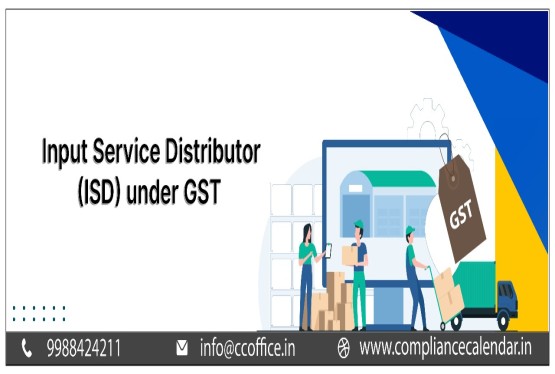








_learn_crop10_thumb.jpg)








_Filing_Due_Dates_for_FY_2024-25_learn_crop10_thumb.jpeg)
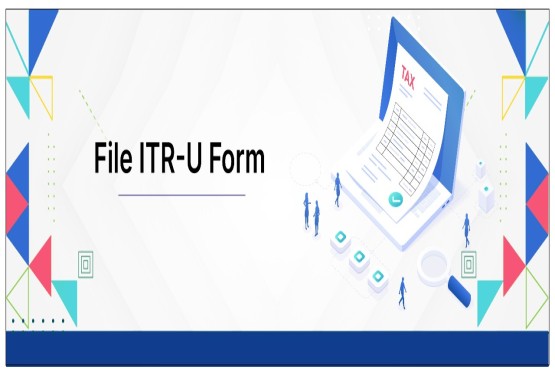
























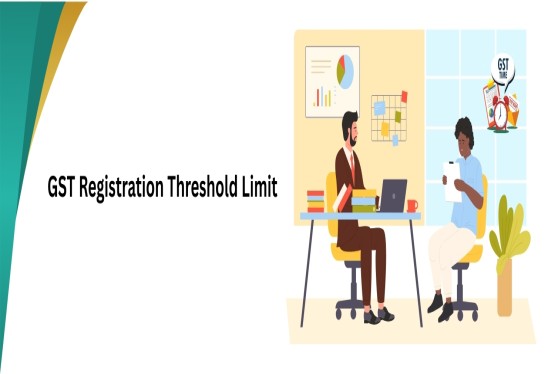
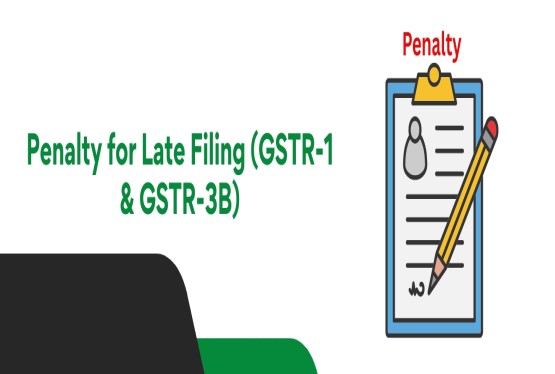












_of_GST_Act_learn_crop10_thumb.jpg)










_Under_GST_learn_crop10_thumb.jpg)









_crop10_thumb.jpg)


_crop10_thumb.jpg)






_learn_crop10_thumb.jpg)






















_of_the_Income_Tax_Act_learn_crop10_thumb.jpg)



_learn_crop10_thumb.jpg)





_learn_crop10_thumb.jpg)






_crop10_thumb.jpg)




















_in_The_Income_Tax_Act,_1961_learn_crop10_thumb.jpg)



_learn_crop10_thumb.jpg)



_of_the_Income_Tax_Act_learn_crop10_thumb.jpg)

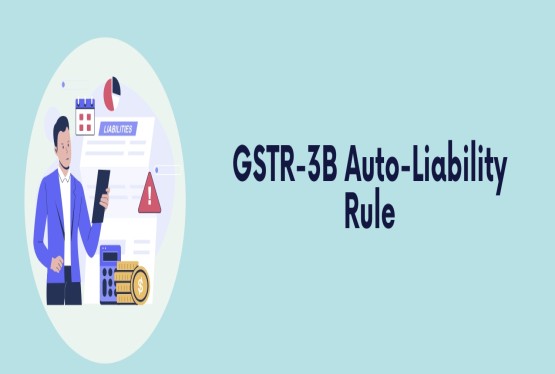
_Of_Income_Tax_Act_learn_crop10_thumb.jpg)








_learn_crop10_thumb.jpg)








_learn_crop10_thumb.jpg)
_crop10_thumb.jpg)

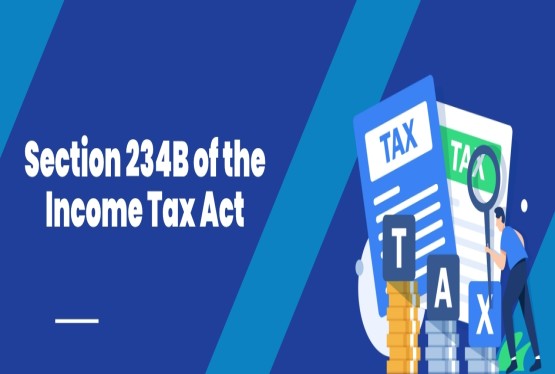




















_learn_crop10_thumb.jpg)
_for_Import_and_Export_learn_crop10_thumb.jpg)









